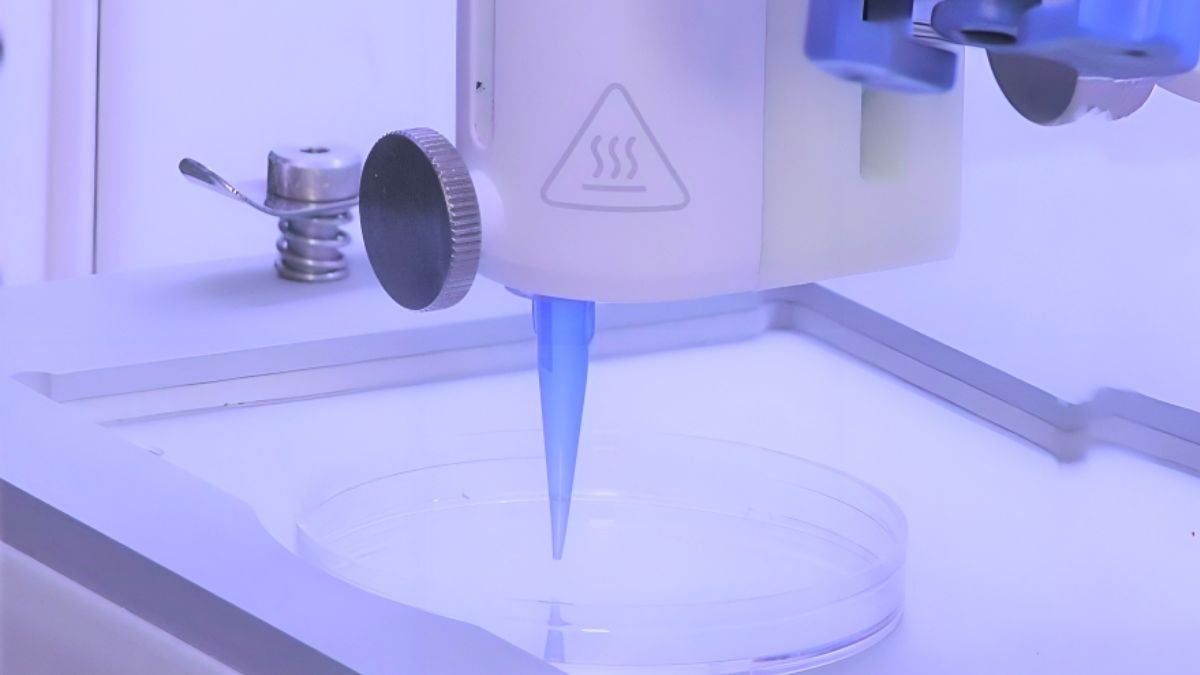New research offers hope to bald people around the world. Although there are already various types of hair transplants available on the beauty market, a definitive solution to the problem that affects more than 40 million people in Brazil may be on the way.
This is because scientists at Rensselaer Polytechnic Institute in the United States, were able to use 3D bioprinting to grow hair follicle-like structures in laboratory-grown human skin tissue. The research was published in the scientific journal Science Developments.
The process begins with the growth of samples of skin cells and follicles. It is then mixed with special proteins and other substances to create a material called “bio dye”.
The next step is to create structures for the follicles to grow layer by layer using a very thin needle on the skin, as is done with other types of 3D printing.
probably, Skin cells migrate into channels surrounding hair cells, forming hair follicle-like structures that are deeply embedded in the dermal layer of the skin..
For now, these artificial tissues can only last a few weeks and cannot be applied for proper hair growth. However, the results are very encouraging for researchers.
“Reconstructing hair follicles using human-derived cells has historically been a challenging task. Some studies have shown that if these cells are grown in a three-dimensional environment, they may have the potential to emerge new hair follicles, or hair strands. Our work builds on this work,” said Rensselaer Polytechnic Institute of Chemistry and Dr. Pankaj Karande, associate professor of biological engineering.
“Our study is proof that hair follicle structures can be created with extreme precision and replicated using 3D bioprinting. This type of automated process is essential to enable future skin biomanufacturing,” added the researcher.
One of the biggest challenges right now is creating a material that has the exact same shape as human skin tissue. Especially follicles are very important for the functioning of our body.It produces sweat, regulates body temperature and also helps with healing. They are also important for the absorption of various topical medications.
“Currently contemporary leather models are quite simple. “Increasing its complexity by adding hair follicles will give us more information about how the skin interacts with topical products,” said study author Dr. Carolina Catarino.
Despite these challenges, 3D printing could be a great ally in the fight against hair loss in the coming years.
Did you like our content? So follow the latest news from the world of science and innovation and take the opportunity to discover what it is like to wash your hair in space.
Source: Tec Mundo
I’m Blaine Morgan, an experienced journalist and writer with over 8 years of experience in the tech industry. My expertise lies in writing about technology news and trends, covering everything from cutting-edge gadgets to emerging software developments. I’ve written for several leading publications including Gadget Onus where I am an author.












